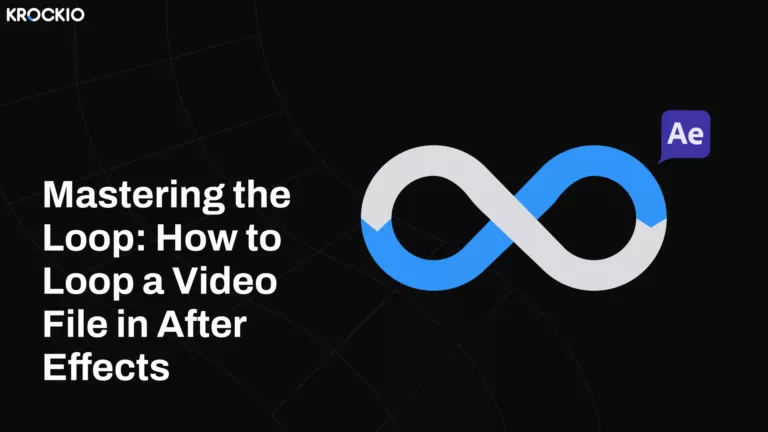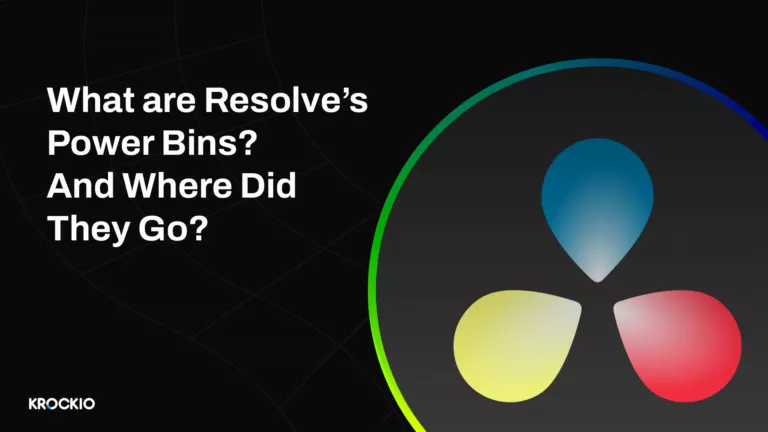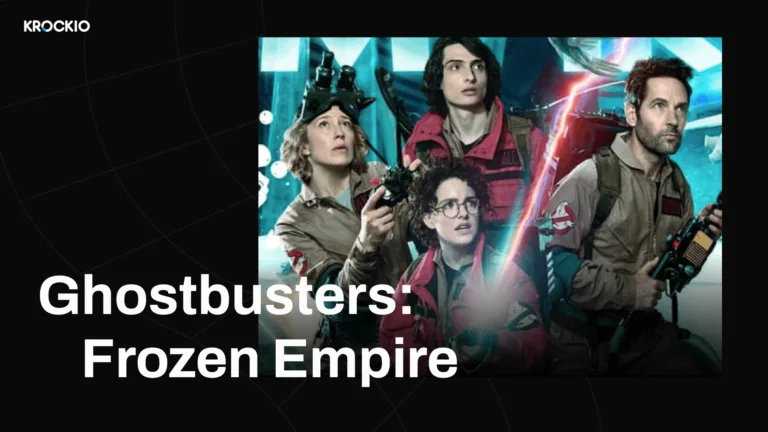What is the process of reviewing and approving creative work?
Creative reviews and approvals are a great way to get feedback on your work. They allow you to see what others think of your work in a non-threatening environment.
For your personal creative process, you can have all the structure and organization in the world. All of that won’t help if you’re bogged down in a protracted approval procedure.
Read on to find out how to set up a creative review process that consistently results in quicker work delivery by keeping approvals and versions moving ahead.
1. Set up a review schedule.
One of the keys to effective feedback is timing. Everyone knows the risk of reviewing work too far along in the creative process—getting things wrong without enough time to change them. It’s basically self-evident. But an equally damaging and commonly made mistake is combating that by reviewing too early in the creative process.
It’s preferable to be upfront about your expectations and offer suggestions after seeing a rough draft of a piece of content. If not, you’re wasting time that could be spent somewhere working on a piece of content.
2. Get approval for reference material in writing.
In the design field, the first visual comp that is given to a team for assessment is frequently thought of as the project’s initial iteration. The creative or design brief, on the other hand, guarantees that all parties involved in the project are in agreement on the project’s requirements before any creative work is done and is therefore the first “real” version of the project, in our opinion.
We adopted at Krock.io a briefing procedure, which significantly increased the team’s ability to collaborate creatively and produce high-quality work.
Before starting any creative work, including authoring and design, our internal creative team waits to receive a complete project brief from our other team that includes all necessary materials and the project’s goal.
Our reviewers may now immediately compare all upcoming, in-progress mockups and designs to the original design brief and make use of original concepts thanks to the removal of email briefs. This, in our opinion, gets rid of any ambiguous “why are we doing this?” comments or uncertainty at a later point of the creative process.
3. Ask for feedback.
Asking for feedback is one of the easiest ways to improve your work. You should ask for feedback at least once every two weeks.

Giving insight into the precise kind of feedback a team is seeking will save a lot of time and frustration once a piece of material is available for review. When you ask open-ended questions like “What do you think?” or “How could this be improved?” you’ll get answers that are just as nebulous. Instead, be clear about the areas where you want comments and those where you don’t.
By using Krock.io you will greatly simplify your work in this area.
Try a 2-week trial of Krock.io to experience the benefits of our platform ?
together with Krock.io!
If you’re not sure where to start, try asking colleagues who have reviewed your work before. They might offer some helpful suggestions.
Contextualizing your feedback requests, on the other hand, enables reviewers to zero in on what needs to be reviewed, resulting in higher-quality comments.
4. Respond to it.
As soon as you receive feedback, give a response. You will gain a better understanding of your work’s strengths and weaknesses as a result. It also aids in your self-discovery and helps you identify your advantages and disadvantages.
Context is essential for giving feedback that is useful. It might not be sufficient to just provide a revised version to project stakeholders to get insightful feedback.
We advise curating the kind of criticism you want to proceed with a new design iteration or gain approval for a change. In fact, it’s arguable that the context offered on and inside each version of a design, rather than the precise versioning approach you employ, is more important.
5. The final approval stage.
You have reached the final approval stage because you have been using the best practices mentioned above and have gathered some excellent, insightful input.
By the time the content receives the one or two approvals required for publication, it will be in better condition, more familiar to them, and more likely to receive a yes. Additionally, you leave less room for the conversation that ought to have started earlier in the feedback procedure.
Conclusion
Regardless of the kind of material you’re producing, use these best practices to increase the efficiency of your review and approval processes. Please share your favorites with us in the comments section below.
Check out more articles on getting started with Krock.io:
- How to start an explainer production company
- Why Krock is the best alternative to Boords app?
- What is Video Proofing? How to Do it and What are the Benefits of Using it
If you have any questions or need help, just let us know.









